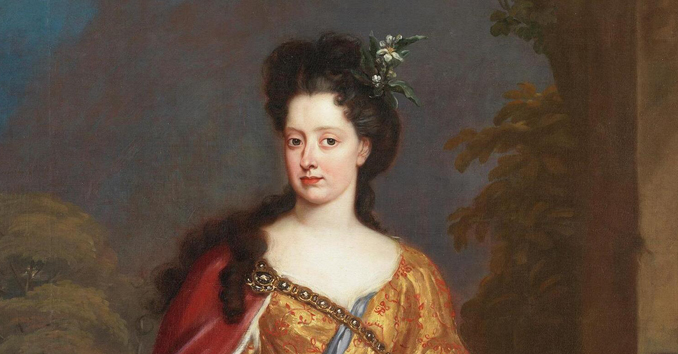Inspired by our culture scout Nina Heyn’s recent piece on the Faces of Tuscany, we are on our way this week to Florence, Italy, to visit the Palazzo Pitti and the Uffizi Galleries. The Hero of the Week is none other than Anna Maria Louisa de’ Medici, the great patroness of art and culture and extraordinary benefactress of the people of Florence.
Even though the Medici name stands for money, banking, and power across Europe—with three popes and two queens of France arising from the family that ruled Tuscany for three centuries—it is the enormous collection of art preserved by the famous clan that is one of their greatest bequests to the world. And it was Anna Maria Luisa de’ Medici, the last of the great family, who ensured that this centuries-long cultural wealth would be preserved for the city of Florence and all its visitors henceforward.
Anna Maria Louisa must have been a woman of patient pragmatism and great foresight. In 1671, following an arranged marriage with Johann Wilhelm II, Elector of the Palatinate (in German: Kurfürst von der Pfalz; one of a small group of electors of the emperor of the Holy Roman Empire), she moved to Düsseldorf, Germany at the age of 24. There, she began to patronize and sponsor the arts and all cultural activities, which propelled the residential city to become one of the art capitals of Europe at the time. Under her guidance, Düsseldorf constructed a picture gallery that became one of the earliest public museums in Europe; the newly built opera house attracted famous musicians of the time such as Georg Friedrich Händel, Arcangelo Corelli, and Agostino Steffani.
Despite a harmonious marriage, she remained childless and, after the death of her husband, returned to Florence in 1717. The successorship of the Medici in Florence was in trouble when her younger brother Gian Gastone also died heirless. The treasures and art collections of the Medici would have transferred to the vast house of Hapsburg and most likely been distributed to various royal courts in Europe were it not for Anna Maria taking the unusual step of willing all of the personal property and wealth of the Medici family—including the enormous collections of paintings and other art—to the state of Tuscany, stipulating that they must never be removed from the area.
This “family pact,” as the document was called, was a heroic act, bequeathing the treasures of the past to numerous future generations and ensuring their ongoing accessibility to the public. It also demonstrated strategic intelligence—investing in one’s community not only for the health and well-being of the place but for the generation of incredible returns on multiple levels.
It is for the sake of noblewoman Anna Maria Louisa de’ Medici and her obvious understanding of community investment and a “place-based economy” that millions of people today and in the future can partake of the beauty and education that the Florentine arts convey.
Related:
Anna Maria Luisa de’ Medici (Wikipedia)
“The Last of the Medici” (YouTube presentation)

